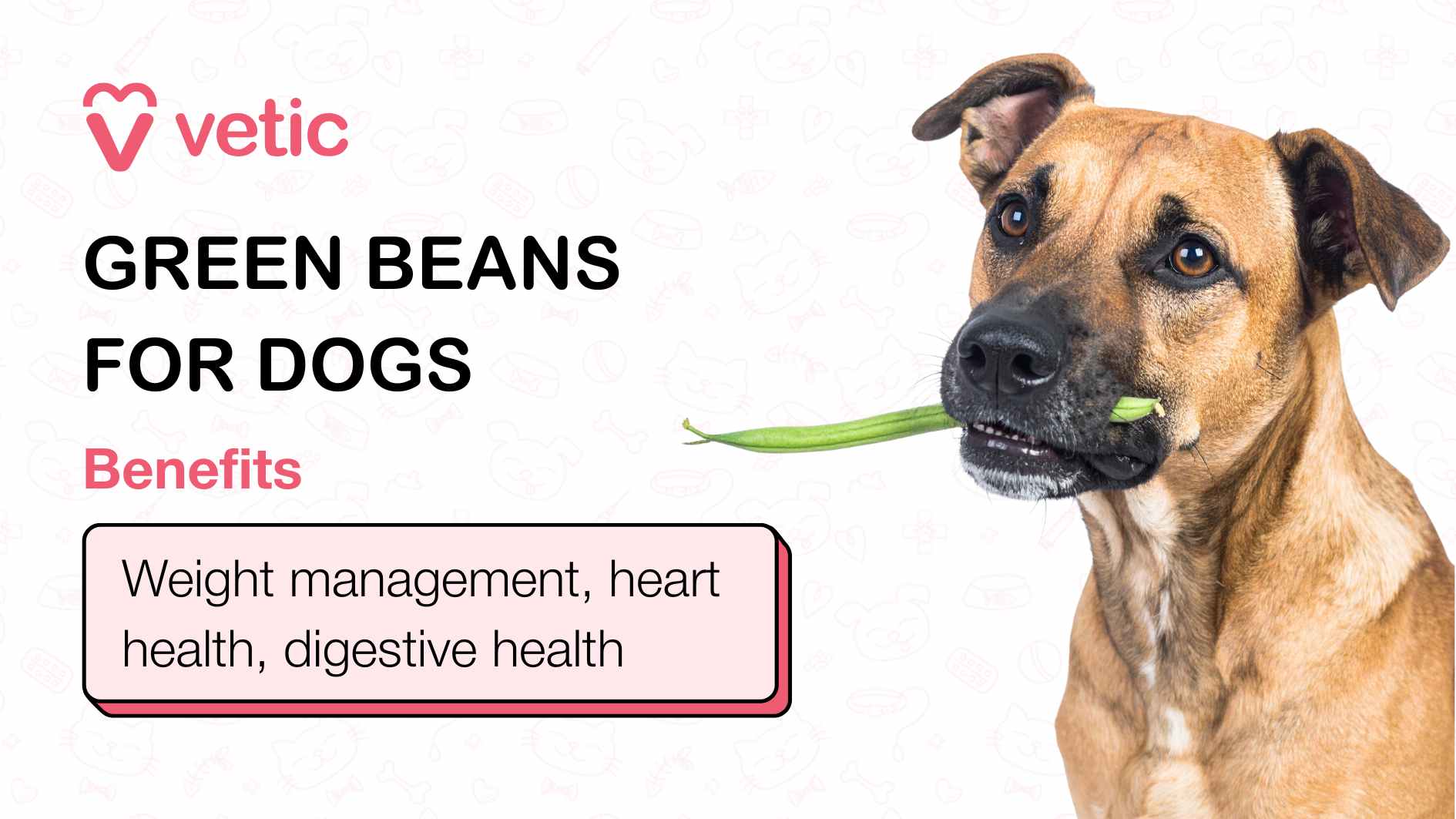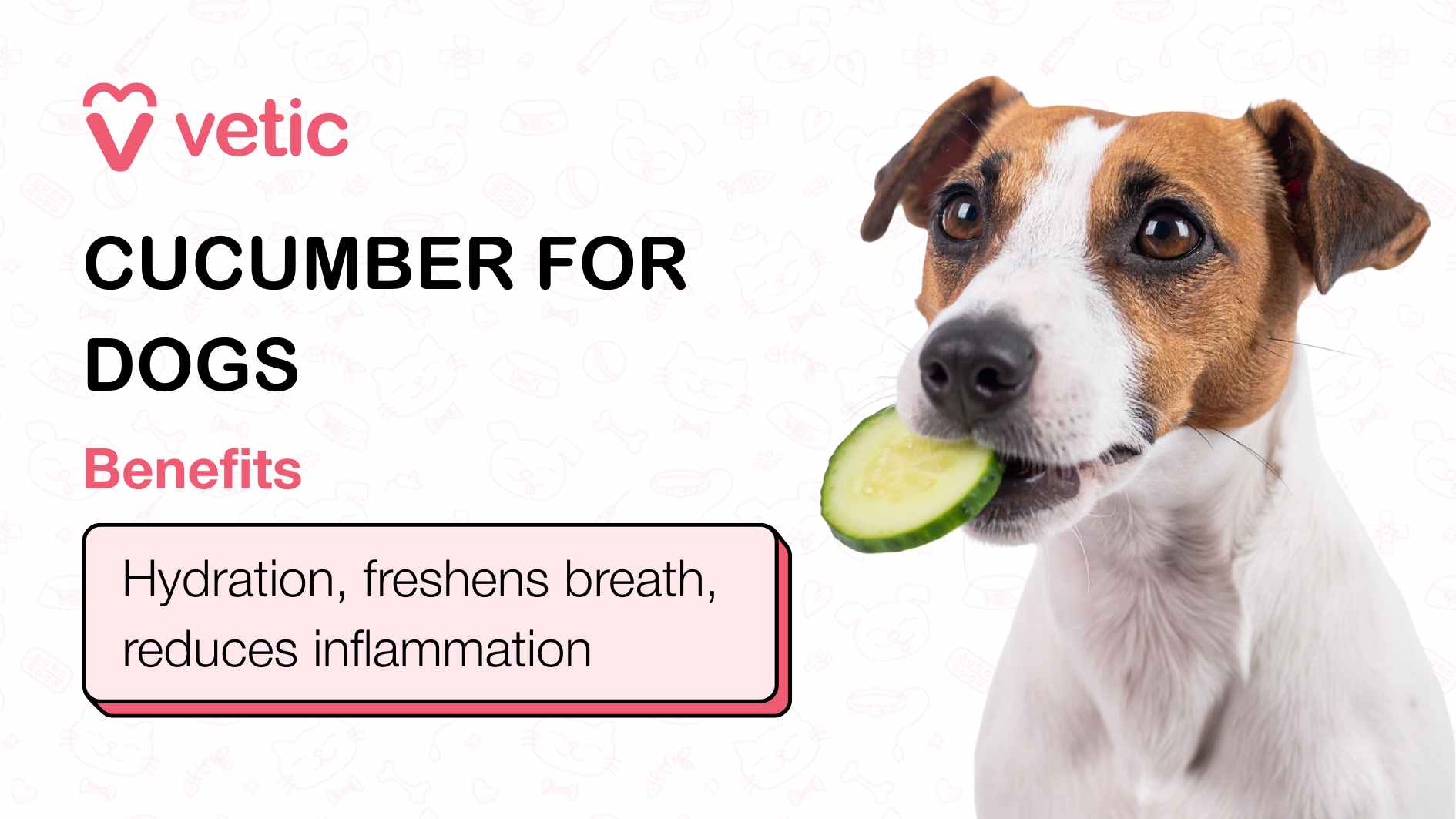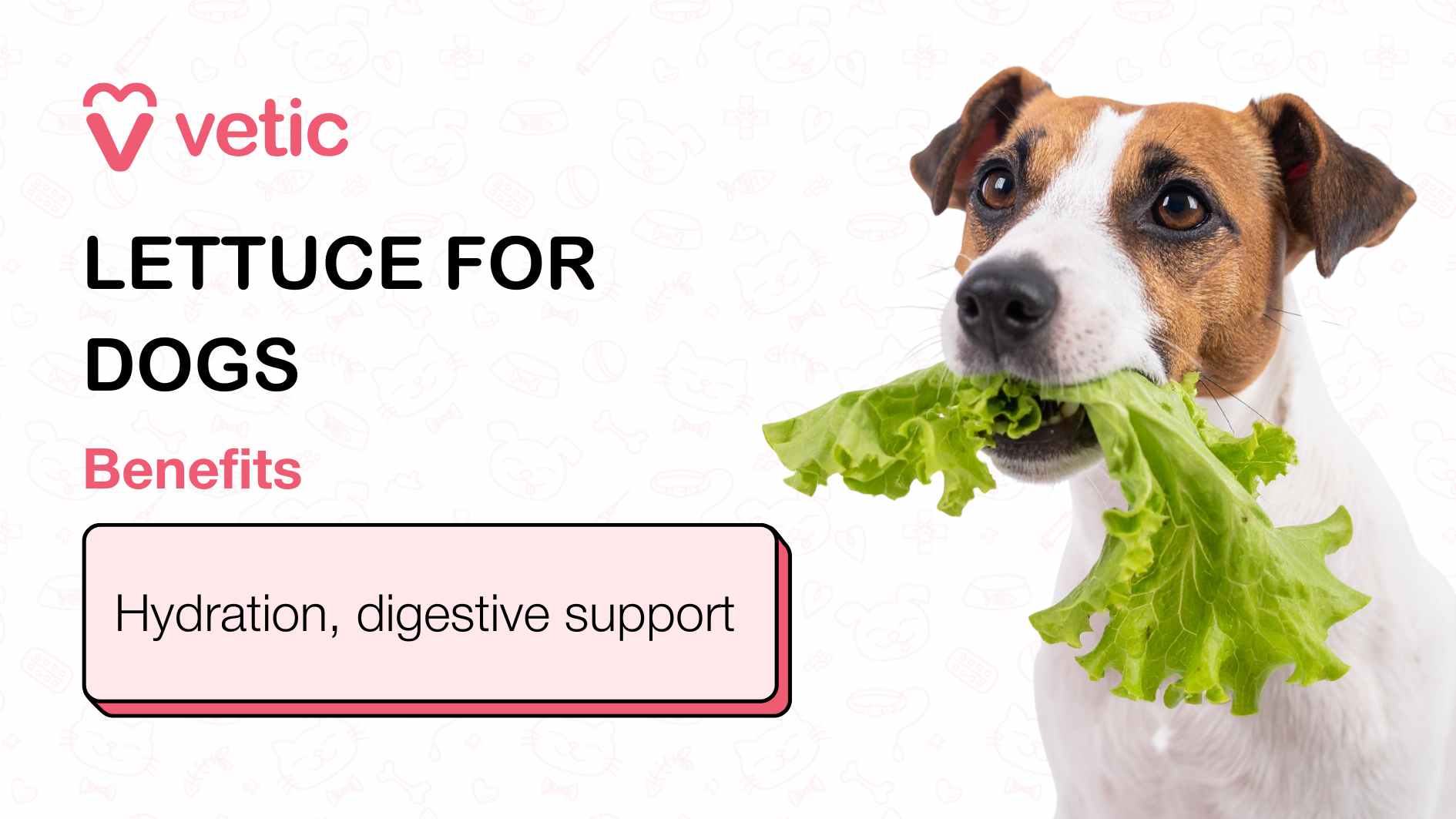Introducing vegetables into your dog’s diet can provide essential vitamins, minerals, and fiber, contributing to improved digestion, weight management, and overall vitality. Below is a list of vegetables for dogs, their health benefits, and recommended serving sizes.
Avoid serving vegetables to dogs without boiling them in plain water. The only exception is carrots – you can serve carrots raw after skinning them and cleaning them well with hot water. Feeding raw vegetables to your dog can increase the chances of worm or worm egg transmission.
Note: Not all vegetables we eat are good for dogs. You should avoid giving onions, garlic, avocado and green tomatoes to your dog. These vegetables can be toxic to dogs and cause life threatening organ injuries in dogs.
15 Good Vegetables for Dogs: Nutritional Details and Serving Size

1. Carrots
Nutritional Benefits: Carrots contain beta-carotene. Your dog’s body will convert the beta-carotene to Vitamin A. Vit A is necessary for good vision, immunity and skin health. Carrots are also a natural source for Vitamin K and B6, potassium and dietary fibre. Chunky, clean carrots can help keep your dog’s teeth clean by scraping away plague and tartar.
Serving Size: For a 15–20 kg dog, offer 50–70 grams of carrots daily. Serve them raw (cut into bite-sized pieces) or cooked without added seasonings.
2. Green Beans

Nutritional Benefits: Green beans are awesome for your dog if they are not prone to flatulence. They are super low in calories and high in fibre. If you want your pupper to lose some weight that is a vegetable for dogs you should consider. Green beans are also a great source of vitamins A, C and K, along with calcium and iron.
Serving Size: Provide 50–70 grams of cooked or steamed green beans per day. Ensure they are plain, without added salt or spices.
3. Sweet Potatoes
Nutritional Benefits: Sweet potato is a vegetable dogs love! Despite their sweet taste, they are too high in calories when given in proper quantities. Sweet potatoes are rich in dietary fibre, Vit A, Vit C and manganese. It provides antioxidants for reducing inflammation.
Serving Size: Offer 50–70 grams of cooked, mashed sweet potatoes daily. Avoid adding butter, sugar, or spices.
4. Broccoli
Nutritional Benefits: Broccoli is an awesome choice of vegetables for dogs. It is a superb source of dietary fibre, vitamin C and antioxidants. It supports immune function and digestive health. It is also a low calorie vegetable for dogs that helps them feel fuller after a meal. Adding broccoli is a great way to reduce calorie intake and manage weight for dogs.
Serving Size: Serve 30–50 grams of steamed broccoli florets per day. Limit to small quantities to prevent gas or digestive upset.
5. Spinach
Nutritional Benefits: Spinach is another great source of vitamins A, B, C and K, along with iron and antioxidants. It is one vegetable for dogs that supports their bone health, immune function and eye health. However, serve it in small portions, well-cooked or boiled without any spices.
Note: Do not serve spinach to your dog if they have kidney issues, kidney stones, bladder stones or high uric acid.
Serving Size: Provide 20–30 grams of cooked spinach once or twice a week. Due to its oxalate content, moderation is key to prevent potential kidney issues.
6. Pumpkin

Nutritional Benefits: Pumpkin is another vegetable for dogs that’s high in beta-carotene. It is a rich source of vitamin A and C, and dietary fibre. We always recommend boiled pumpkin with plain mashed rice for dogs who are experiencing mild diarrhoea. It is also great for the skin health of pups and dogs.
Serving Size: Offer 30–50 grams of plain, cooked pumpkin daily. Ensure it’s free from added sugars or spices.
7. Zucchini
Nutritional Benefits: Zucchini is a great low calorie vegetable for dogs. It is rich in vitamins A and C, potassium and fibre. So, it can help support digestion, hydration and skin health of your pupper.
Serving Size: Provide 30–50 grams of cooked or raw zucchini slices daily. Serve plain, without seasonings.
8. Peas
Nutritional Benefits: Peas are a rich source of multiple vitamins and minerals, including vitamins A, B and K. However, avoid giving your dog whole peas or split ones for the risk of choking. We prefer boiled and mashed peas over whole and split ones for dogs.
Serving Size: Offer 30–50 grams of cooked peas per day. Avoid canned peas since they often contain added sodium.
9. Cucumbers

Nutritional Benefits: Cucumbers are great dog treats for hot summer days. You can serve this vegetable raw and frozen to your dog. It’s advisable to take the seeds out before you give them cucumber sticks. Their high water content makes them a smart hydrating snack without empty calories. Cucumbers are also rich in vitamins K and C.
Serving Size: Provide 50–70 grams of sliced cucumber daily. Serve raw and unseasoned.
10. Celery
Nutritional Benefits: Celery contains vitamins A, C, and K. It is known for its anti-inflammatory properties. Regularly munching on a small stick of celery can keep bad breath away and prevent plaque formation on your pupper’s teeth.
Serving Size: Offer 30–50 grams of chopped celery daily. Serve raw or cooked, without additives.
11. Bell Peppers
Nutritional Benefits: Bell peppers, especially the red ones, are rich in vitamins A, C, and E. They contain antioxidants that support immune health and reduce inflammation. They also provide fiber and folate, which contribute to a healthier digestive system and circulation.
Serving Size: Provide 30–50 grams of chopped bell peppers daily. Serve raw or cooked, without seeds and stems.
12. Lettuce

Nutritional Benefits: Lettuce is packed with vitamins K, C, and A, as well as iron, fiber and antioxidants. They support bone health, immunity and aid in digestion.
Serving Size: Offer 20–30 grams of steamed or thoroughly washed lettuce once or twice a week. Serve plain with mashed rice or pumpkin, without added fats or seasonings.
13. Beets
Nutritional Benefits: Beets are rich in folate, manganese, potassium, fiber, and vitamin C. This is the one vegetable your dog needs in their daily diet. These nutrients contribute to better circulation, a stronger immune system, and healthier skin and coat. The natural antioxidants in beets, especially betalains, support liver function and help detoxify the body.
Serving Size:
For a dog weighing 15–20 kg, 20–40 grams of cooked, peeled, and finely chopped or pureed beetroot can be added to their meal two to three times a week. Introduce beets slowly to watch for any reddish tint in urine or stool (which is harmless but good to know about in advance).
14. Cauliflower
Nutritional Benefits: Cauliflower is a low-calorie, high-fiber vegetable packed with vitamins C and K. Cauliflower can be a great addition. It can also replace rice and wheat products if your dog has dermatitis. It supports a healthy immune system and promotes good digestion. The antioxidants in cauliflower also help reduce inflammation.
Serving Size:
Offer 30–50 grams of steamed or boiled cauliflower florets once a day. Avoid feeding it raw in large quantities, as it can cause gas or bloating in some dogs.
15. Kale
Nutritional Benefits:
Kale is a super food for humans and dogs. This vegetable for dogs is a powerhouse of nutrients, including vitamins A, C, and K, iron and calcium. It helps strengthen the immune system, supports bone health, and is a natural antioxidant. A small portion of kale can also aid in maintaining a healthy heart and coat.
Serving Size:
Offer 20–30 grams of chopped, cooked kale once or twice a week. Serve it lightly steamed to reduce the oxalate content, and never feed it with oil or seasoning.
Conclusion: Why Vegetables for Dogs Matter
Adding suitable vegetables for dogs to their daily meals is a smart move toward better health. Fresh veggies are rich in fibre, vitamins, and minerals that support digestion, enhance immunity, and promote shiny coats and healthy skin.
For dogs who struggle with weight management, low-calorie vegetables are great treats that satisfy hunger without unnecessary fat.
When feeding vegetables to dogs, always start slow. Introduce one new vegetable at a time and observe for any digestive upsets or allergies. Cook or steam most vegetables to make them easier to digest and avoid adding any butter, salt, or seasoning.
For a medium-sized dog (15 kg to 20 kg), veggies can make up about 10 to 20% of their daily food intake. If you’re unsure about which vegetables are right for your dog – or how to safely prepare a homemade meal plan – it’s always best to consult a veterinarian.
